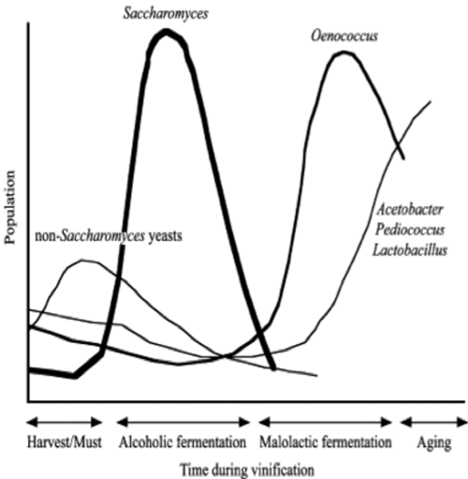Since we are not able to meet in person to taste and discuss our experimental wines, I have chosen a series of experiments to present in a video format. These experiments explore the use of chitosan and non-Saccharomyces yeast at crush to reduce microbial load and volatile acidity in the finished wine. The following videos include some background information on the microbes found on grapes, how SO2 does (and does not) affect them, and how both chitosan and non-Saccharomyces yeast might be used to combat spoilage in addition to or instead of SO2. Though a video is not the same as tasting and discussing the wines together, hopefully the information presented is useful in sharing the results of these experiments and giving context to their interpretation. Many references are cited in the videos. Full citation for these references are listed below.

Progression of micrbial life during and after fermentation, Combina et al. 2005



